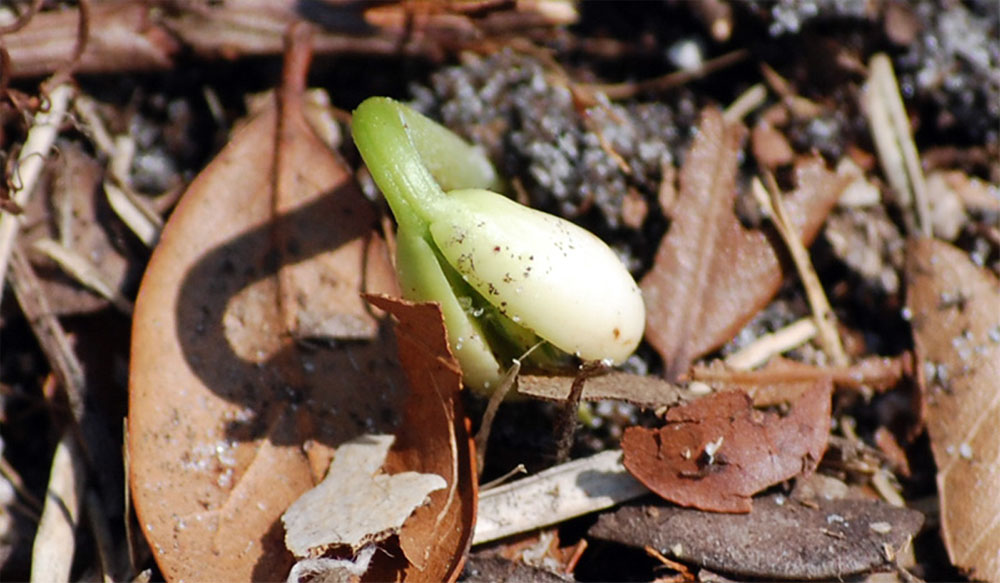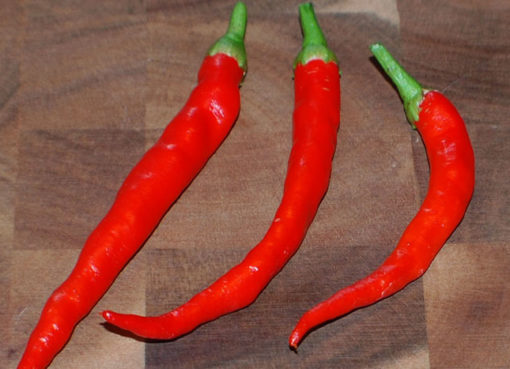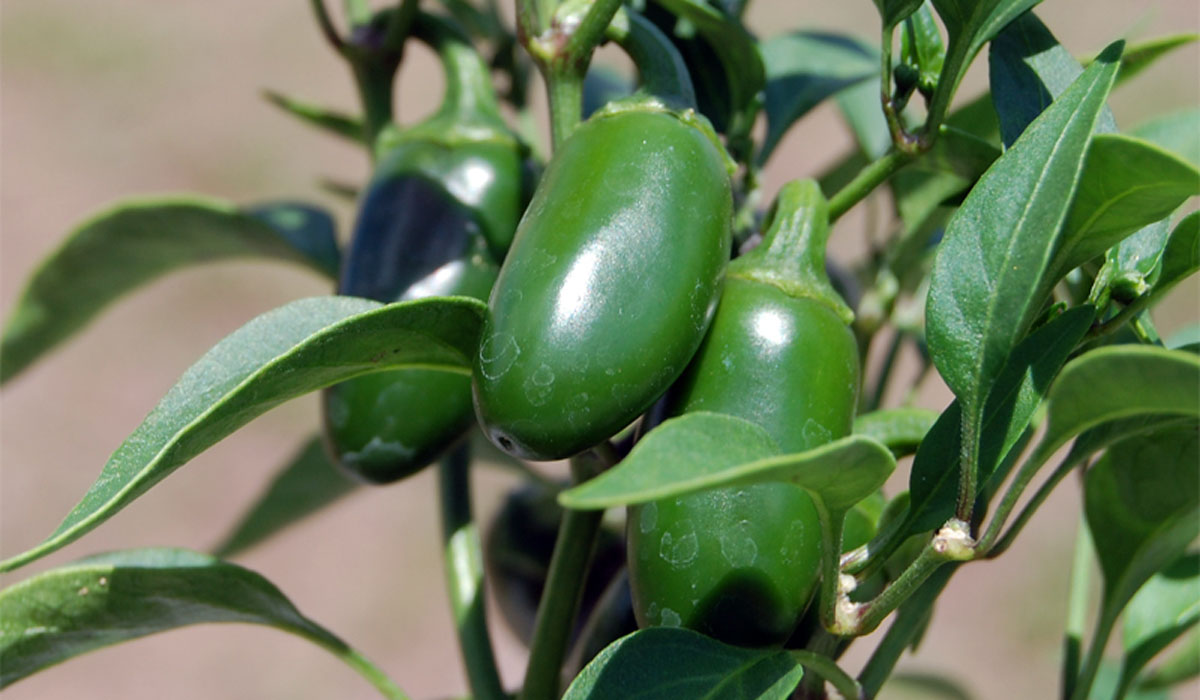How to Grow Cowpeas
Cowpeas, also known as Black Eyed Peas, are one of the limited number of crops that will do well in the heat of summer. Not only do Cowpeas survive, they thrive and can produce an abundant crop, and they are quite easy to grow!
Soil Prep
Cowpeas are part of the legume family (beans and peas) and should not be planted in a bed that the previous crop was also a legume.. Legumes have a symbiotic bacteria that lives in their root system that captures nitrogen from the air and affixes it to the soil, and if the previous crop affixed an abundance of nitrogen there is a danger of nitrogen burn or simply cause the plant to grow tall and bushy, but not produce much fruit.
Cowpeas prefer a well drained soil that is high in organic matter. When the plants are young, they will require a well balanced amount of NPK nutrients, but as they mature, additional nitrogen will not be needed. Prepare the soil using high quality compost and other organic material to ensure a successful season.
Sowing
Cowpeas, like most legumes are not great candidates for transplantation, but it can be done with care.
Starting indoors
Sow the seeds in flat or seedling container that is filled with a high quality seed starting mix. Make sure the mix is kept moist, but not soggy and monitor it for any type of fungal or mold growth (can often be controlled with the addition of a sprinkle of cinnamon to the top of the seed starting mix). Once the seeds germinate, it is important to keep them in a well lit area, and they are ready for transplant as soon as the first true leaves have emerged.
When starting outdoors, sow the seeds about ½” deep in rows that are about 6-10” apart. Make sure to keep the soil moist, watering it twice a day. Once the seeds have germinated, cover the soil with 1-2” of a good high quality organic mulch (dried leaves work well) to help maintain moisture and prevent weeds.
Caring for Cowpeas
Cowpeas are fairly undemanding plants once established. They only require light fertilization every other week and about 3-5” of water a week. A high quality compost added to the soil every other week will almost always be enough nutrients for cowpeas. If compost is not available a well balanced fertilizer that has a low nitrogen count will work well.
Harvest
Cowpeas can be harvest for fresh use or for drying.
Fresh Use
Harvest the cowpeas as soon as the bean inside the pod is full size (about the width of a pinky finger nail). Cut or pinch the stem off about ¼-½” above the pod.
For Drying
Allow the pods to stay on the plant until they start to brown. The pods should be picked before the start splitting, and if you are experiencing a rainy season, they should be picked as soon as they start to brown to help prevent them from molding. Once picked, shell the beans and allow them to dry.





